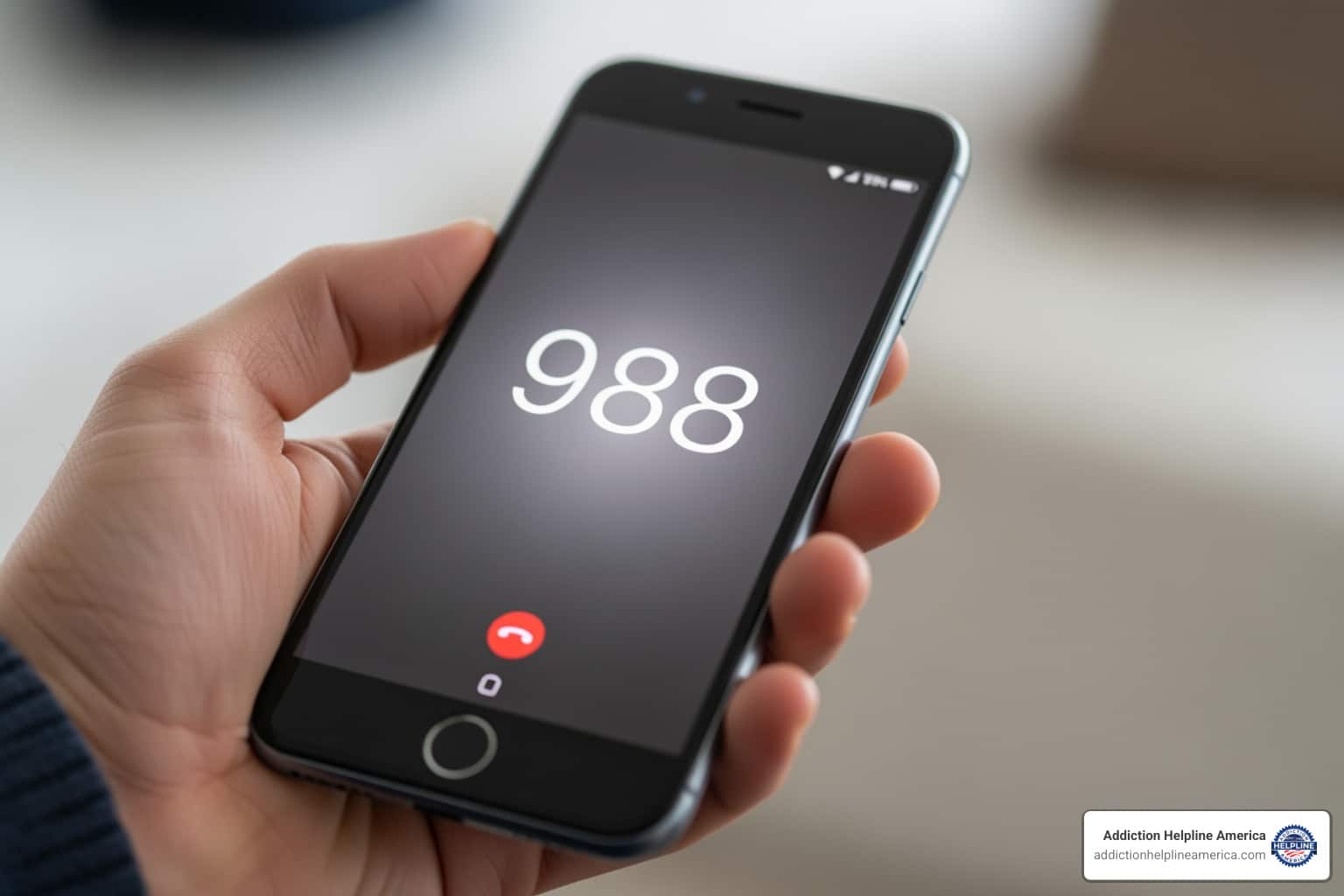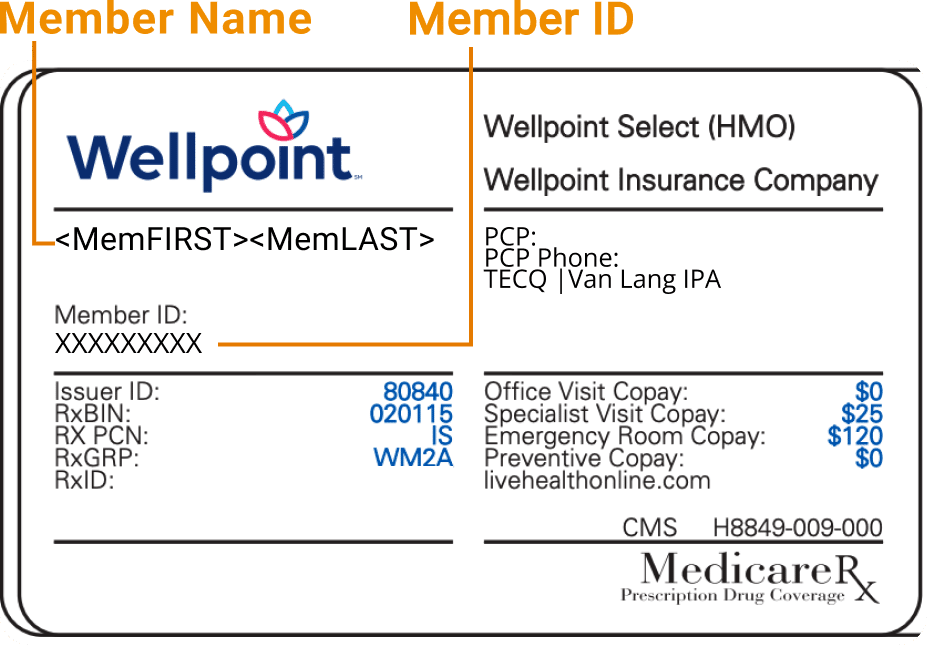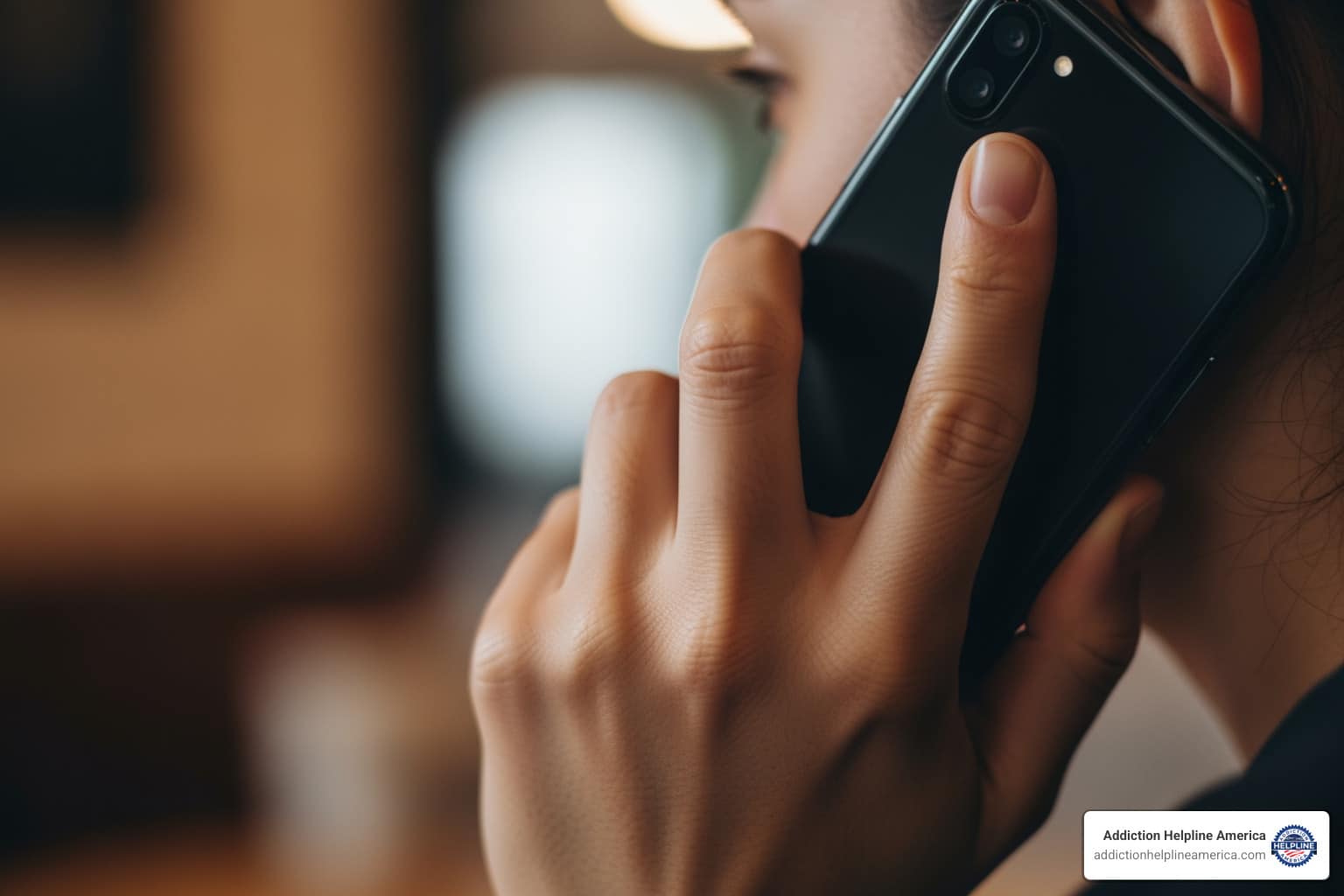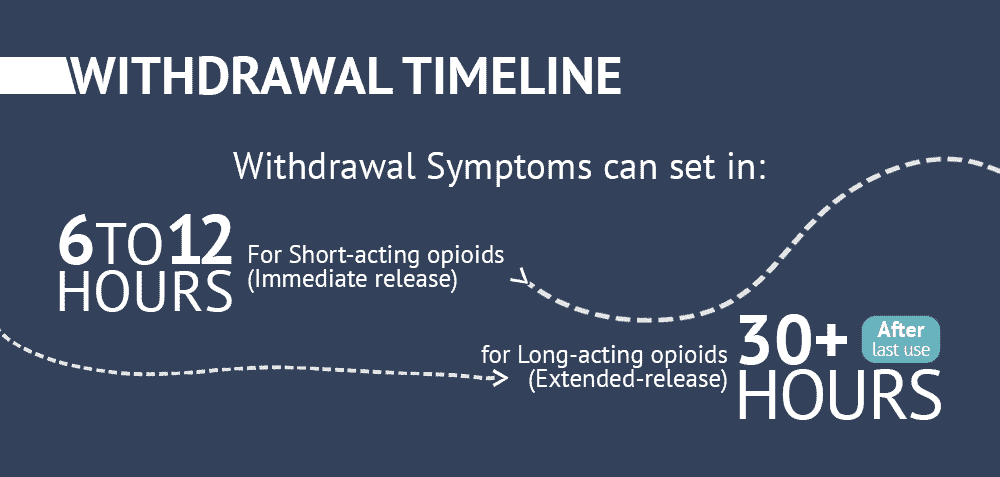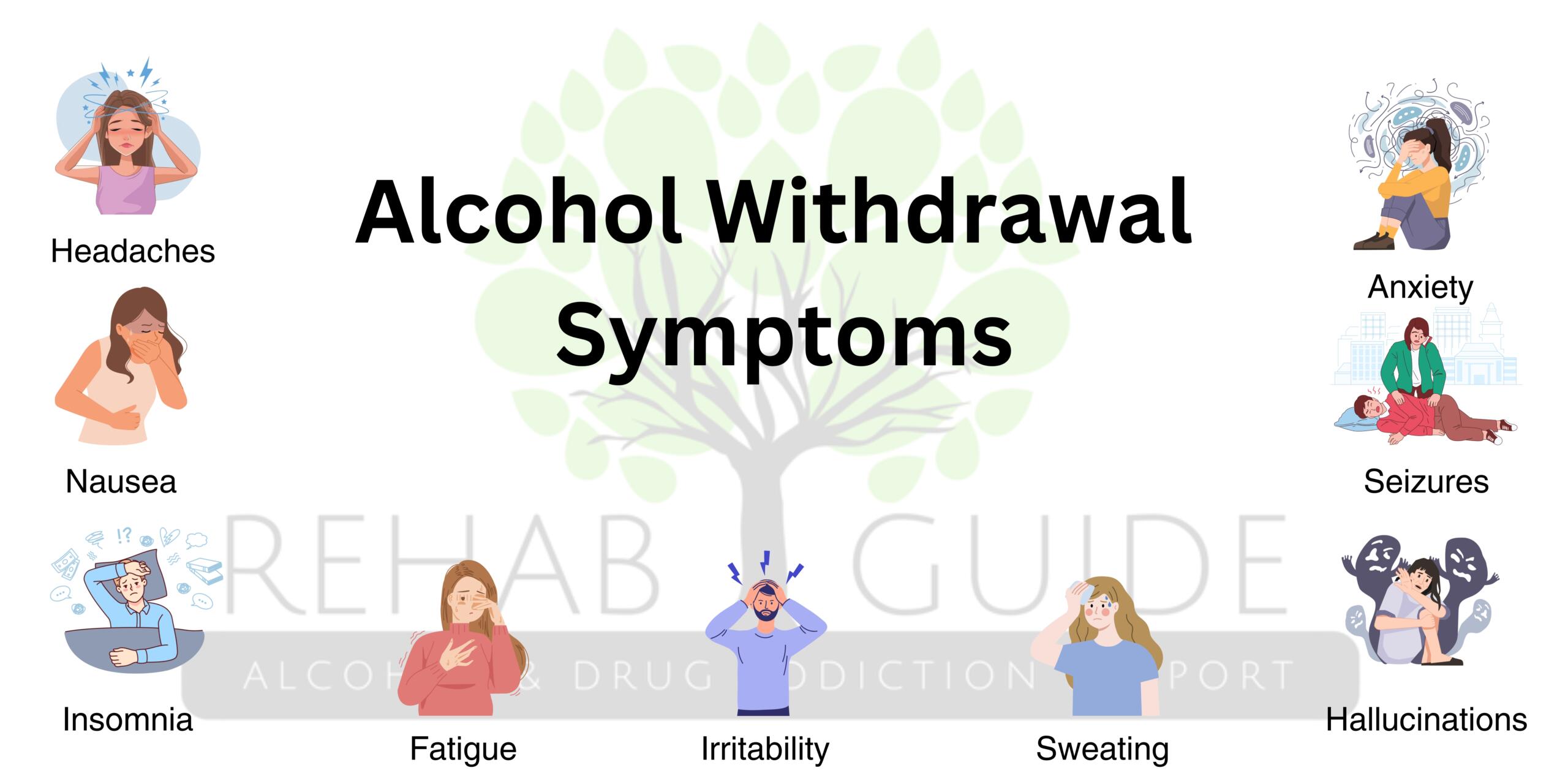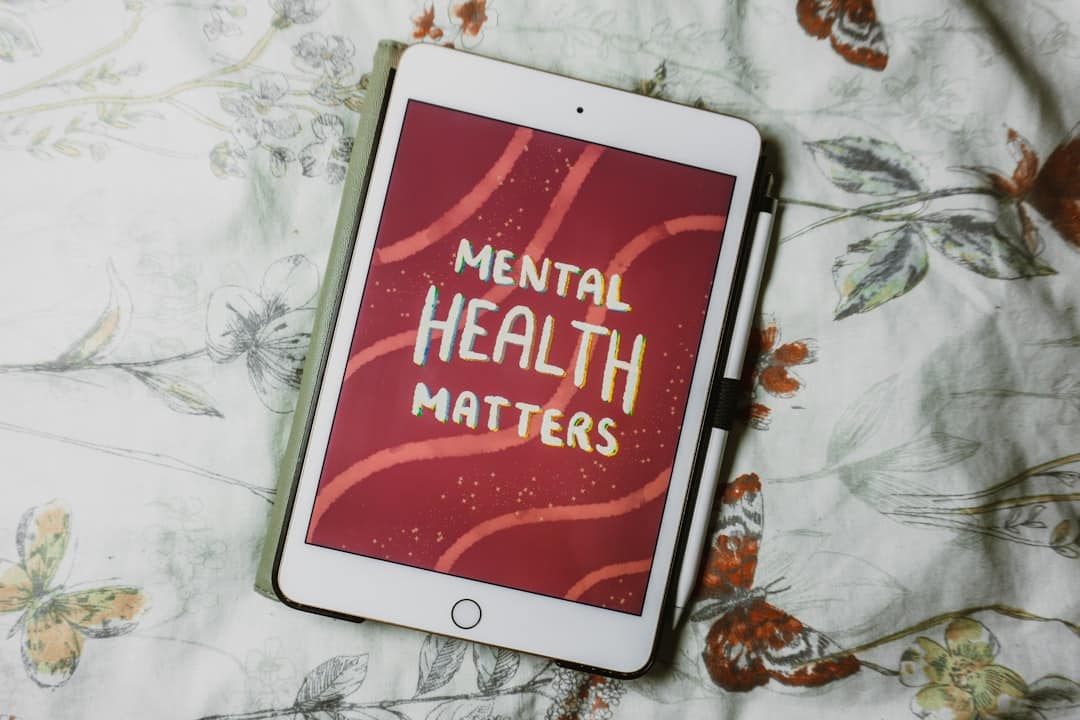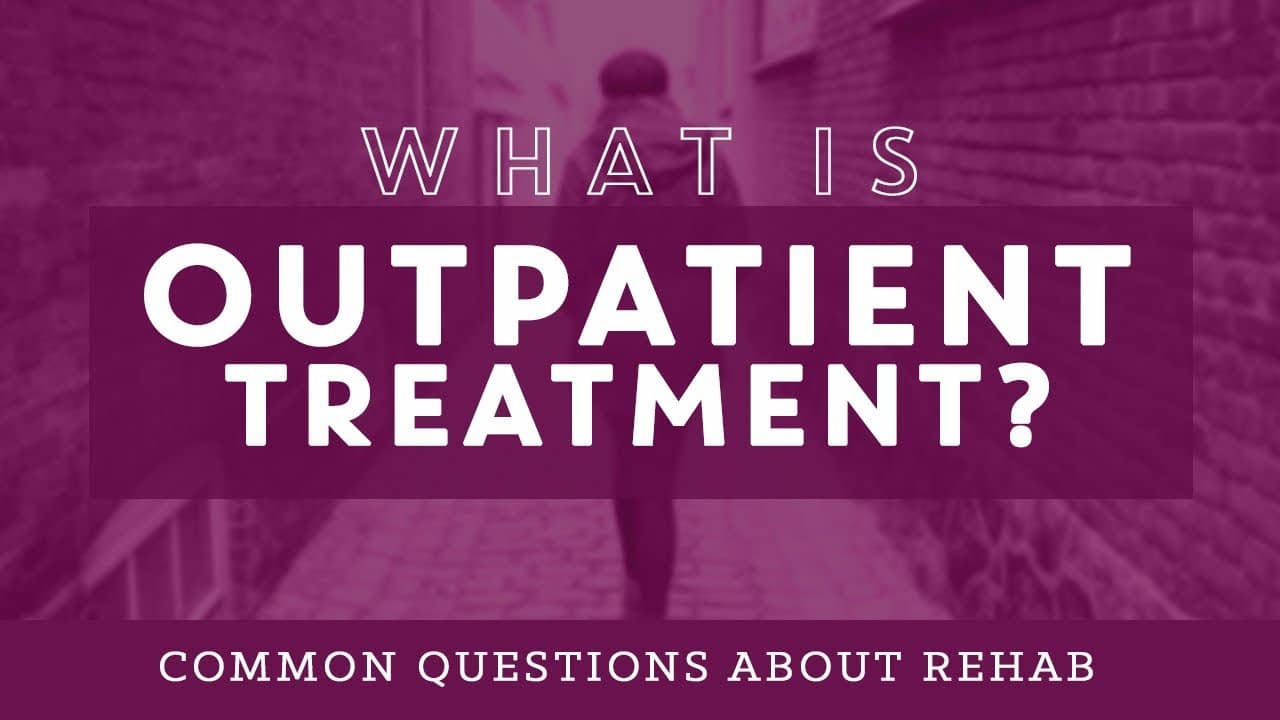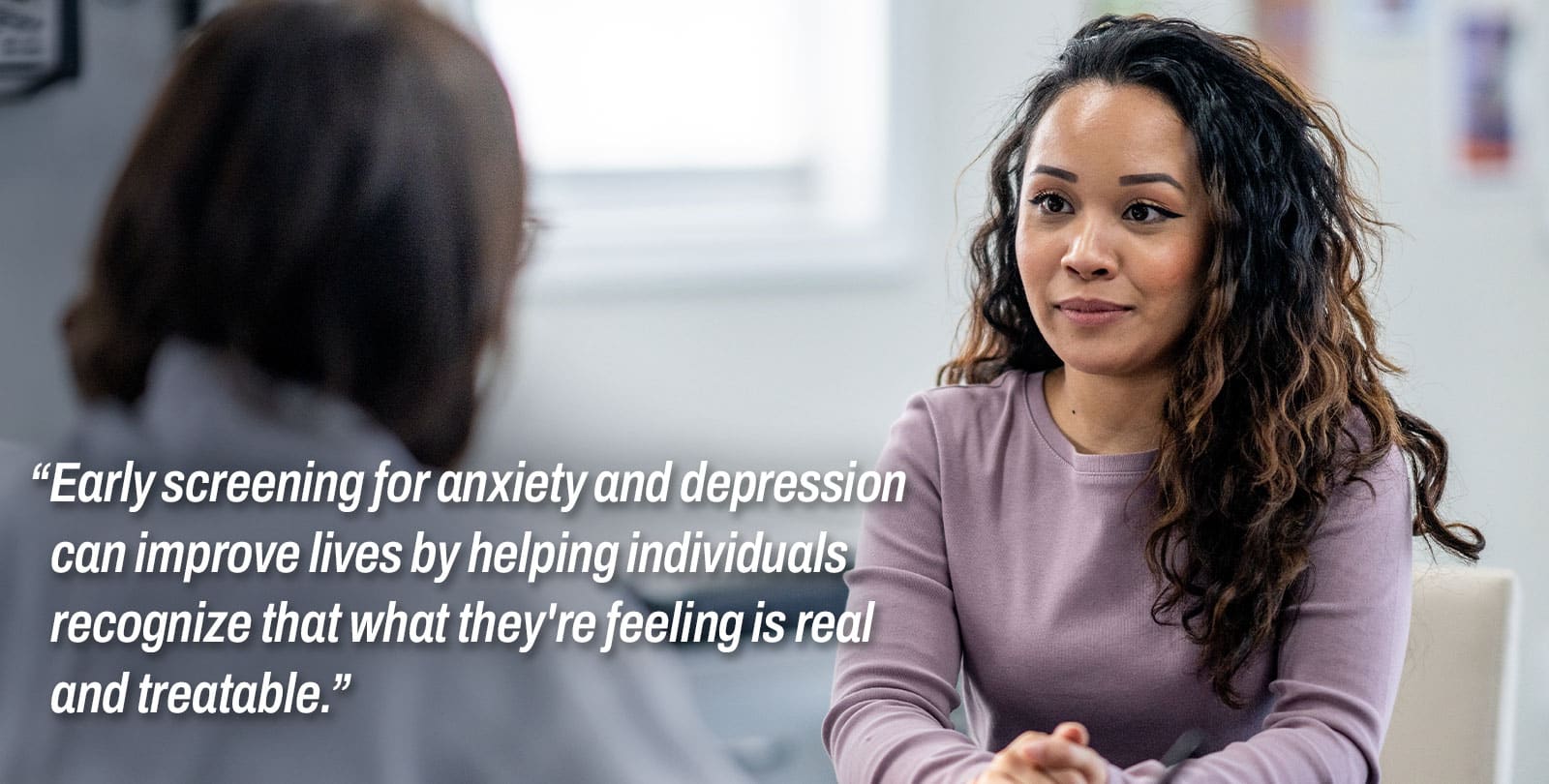
Why Help with Depression and Anxiety Matters Now
Taking the first step to get help with depression and anxiety is crucial for your mental health. If you or a loved one is struggling, know that you are not alone and immediate support is available.
Quick Action Steps for Immediate Help:
- Call or Text 988 – Free, 24/7 crisis support (Suicide & Crisis Lifeline)
- Text “HELLO” to 741741 – Connect with a trained crisis counselor
- Visit your doctor – Start the conversation about treatment options
- Try self-referral – Many therapy services allow direct access
- Reach out to someone you trust – You don’t have to face this alone
Depression and anxiety are real medical conditions, not personal weaknesses. About 1 in 6 adults will experience depression in their lifetime, affecting roughly 16 million American adults annually. Many people with depression also have anxiety disorders, as these conditions often co-occur.
What matters most is that these conditions are treatable. With the right support, most people recover. Treatment may include therapy, medication, lifestyle changes, or a combination of these. This guide will walk you through recognizing symptoms, understanding treatment, and practicing self-care.
At Addiction Helpline America, we connect individuals and families with resources for help with depression and anxiety. We offer 24/7 confidential support and treatment referrals to guide you toward recovery, ensuring no one faces these challenges alone.
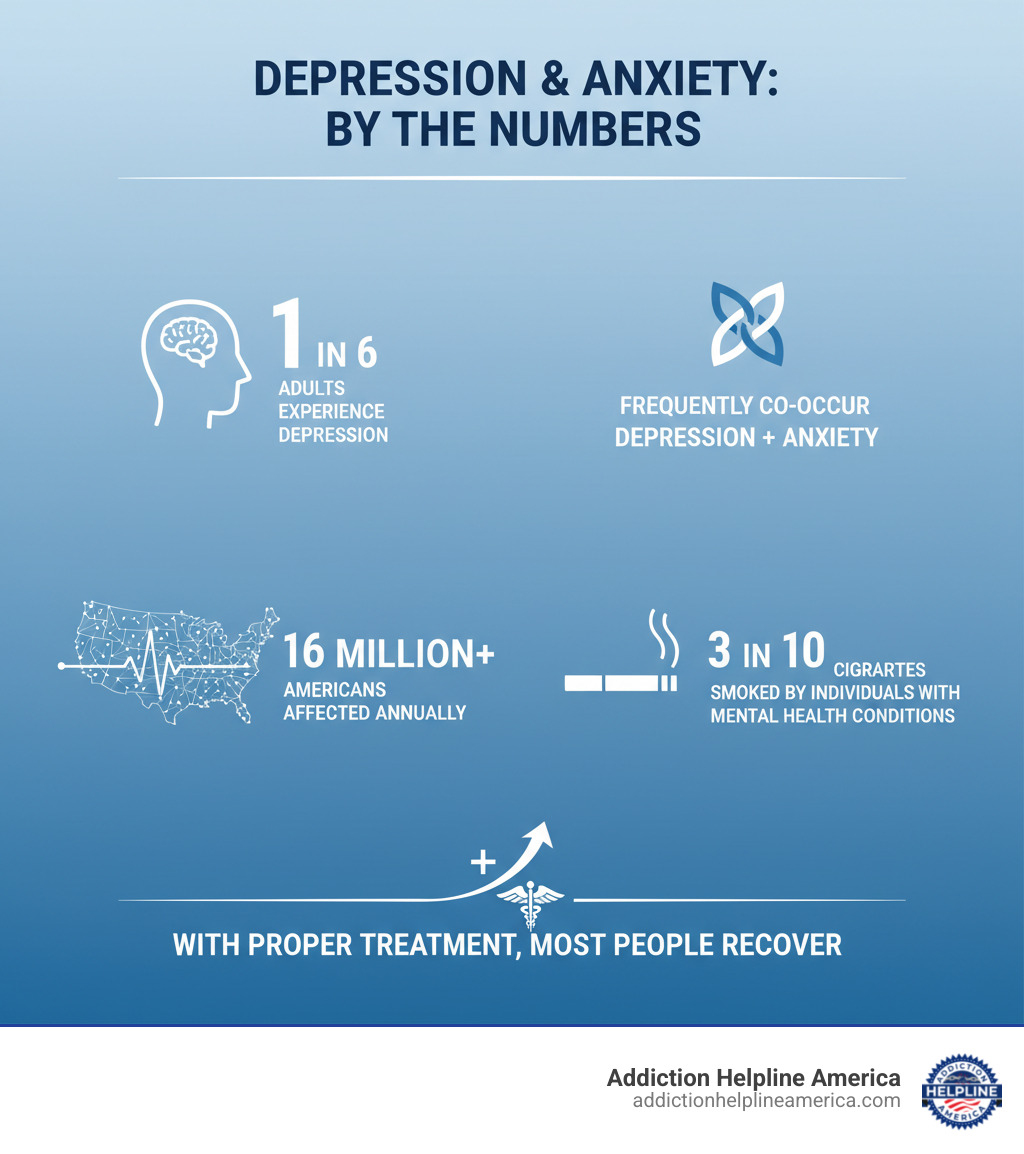
Easy help with depression and anxiety glossary:
Understanding Depression and Anxiety
Depression and anxiety often occur together, a condition known as co-occurrence or comorbidity. These are legitimate medical illnesses, not signs of weakness. They involve real changes in brain chemistry, influenced by neurotransmitters like serotonin and dopamine, as well as genetics and life experiences. Approaching help with depression and anxiety with this understanding is key to finding effective strategies.
Common Symptoms of Depression and Anxiety
Recognizing your symptoms is the first step. While they can overlap, depression and anxiety have distinct patterns.
Depression is more than just sadness; it’s a persistent low mood that interferes with daily life for weeks. You might feel a constant sadness or emptiness, lose interest in activities you once enjoyed, or feel hopeless. Physical symptoms are also common, including profound fatigue, insomnia or oversleeping, appetite changes, and unexplained aches or pains. Behaviorally, you might withdraw from others, struggle to concentrate, or have recurring thoughts of death or suicide.
Anxiety is excessive, uncontrollable worry that is disproportionate to the situation. You may feel restless, irritable, and constantly “on edge.” Physically, this can manifest as muscle tension, a racing heart, shortness of breath, sweating, or stomach upset. This can lead to avoiding situations that trigger your symptoms and lying awake at night with racing thoughts.
The difference between a temporary mood and a clinical disorder lies in duration (symptoms lasting weeks or months), severity (how intense they are), and impact (how much they interfere with your life).
| Common Symptoms of Depression (Major Depressive Disorder) | Common Symptoms of Anxiety (Generalized Anxiety Disorder) |
|---|---|
| Persistent sad, anxious, or “empty” mood | Excessive, uncontrollable worry about various events |
| Loss of interest or pleasure in activities | Restlessness or feeling “on edge” |
| Significant weight loss/gain or appetite changes | Easily fatigued |
| Insomnia or hypersomnia (sleeping too much) | Difficulty concentrating or mind going blank |
| Psychomotor agitation or retardation | Irritability |
| Fatigue or loss of energy | Muscle tension |
| Feelings of worthlessness or excessive guilt | Sleep disturbance (difficulty falling or staying asleep) |
| Diminished ability to think or concentrate | Physical symptoms like sweating, trembling, rapid heart rate |
| Recurrent thoughts of death or suicide | Avoidance behaviors |
Potential Causes and Contributing Factors
Depression and anxiety arise from a complex mix of factors that vary from person to person.
- Genetic Factors: A family history of mental health conditions can increase your risk.
- Biological Factors: Imbalances in brain chemistry and hormonal changes can trigger symptoms.
- Environmental Triggers: Stressful life events like job loss, divorce, chronic illness, or the death of a loved one are major contributors.
- Psychological Makeup: Personality traits like low self-esteem, pessimism, or high self-criticism can increase vulnerability.
- Traumatic Events: Past trauma, especially in childhood, can reshape how the brain processes stress and increase risk.
- Medical Problems: Chronic illnesses such as heart disease, cancer, or diabetes are often linked to depression and anxiety.
- Substance Use: While alcohol and drugs may seem to offer temporary relief, they worsen depression and anxiety over time by altering brain chemistry and disrupting sleep.
Professional Treatment Options
If you’re seeking help with depression and anxiety, know that these conditions respond very well to treatment. For most people, a combination of therapy, medication, and lifestyle changes is the most effective approach to recovery.
The Role of Psychotherapy (Talk Therapy)
Psychotherapy, or talk therapy, is a cornerstone of treatment. It involves working with a mental health professional to understand your thought and behavior patterns and learn practical skills to manage symptoms.
- Cognitive Behavioral Therapy (CBT) is a practical approach that teaches you to identify, challenge, and change negative thought patterns and behaviors.
- Interpersonal Therapy (IPT) focuses on your relationships and how they impact your mental health, helping you steer conflicts, grief, or life transitions.
- Solution-focused therapy is a goal-oriented approach that helps you identify your strengths and use them to build the future you want.
Therapy provides a safe space to explore difficult feelings and develop coping skills that last a lifetime. For more information, see our Mental Health section.
Medication and Advanced Treatments
For many, medication can be a life-changing tool, especially when symptoms are severe.
Antidepressants work by balancing neurotransmitters in the brain, like serotonin. They don’t change your personality; they help restore your brain’s natural chemistry so you can feel more like yourself. It’s important to know that these medications typically take four to eight weeks to become fully effective. Medical supervision is essential to monitor your progress, manage side effects, and make any necessary adjustments. Never stop taking medication abruptly without consulting your doctor.
For severe, treatment-resistant depression, Electroconvulsive Therapy (ECT) is a safe and effective option. Performed under general anesthesia, modern ECT can produce rapid and significant improvement. Learn more in our guide on Electro Shock Therapy For Depression.
Finding the Right Level of Care for Help with Depression and Anxiety
Choosing the right level of care depends on the severity of your symptoms and your safety.
Outpatient care is the most common starting point. You attend regular therapy sessions while living at home and maintaining your daily routine. This works well for mild to moderate symptoms and a stable living situation.
Inpatient care provides more intensive, 24/7 support in a treatment facility. This level of care is necessary if you are having thoughts of harming yourself, are unable to care for your basic needs, or are not improving with outpatient treatment. Recognizing the need for more support is a sign of strength. Our Depression Treatment Centers Inpatient Guide can help you understand what to expect. For comprehensive programs, Rehab Facilities For Depression offer integrated support for long-term wellness.
Self-Care and Lifestyle Strategies for Help with Depression and Anxiety

While professional treatment is vital, your daily choices are a powerful part of your recovery toolkit. Self-care isn’t an indulgence; it’s an essential component of getting help with depression and anxiety. Focus on building sustainable routines through small, manageable steps, and practice self-compassion along the way.
How Exercise and Physical Activity Can Help
When you’re struggling, exercise can feel daunting, but even a little movement helps. Physical activity triggers endorphin release, your brain’s natural mood boosters. It also breaks negative thought cycles and builds confidence. You don’t need an intense regimen; a 10-minute walk is a great start. Research shows regular exercise can be a powerful complement to professional treatment. Learn more about how exercise eases symptoms.
Daily Self-Care and Mindfulness Practices
Nurturing your mind and body daily creates a foundation for recovery.
- Mindfulness brings you to the present moment, away from future worries or past regrets. This can be practiced through meditation or simple breathing exercises.
- A healthy diet supports brain chemistry and energy levels. Aim for balanced meals with fruits, vegetables, and lean proteins.
- Sleep hygiene is crucial, as sleep problems worsen symptoms. Stick to a regular sleep schedule and create a calming bedtime routine.
- Journaling helps get thoughts out of your head. A mood diary can help you identify patterns and triggers.
- Spending time in nature reduces stress hormones and improves mood. Even a short walk in a park can help.
- Creative expression like drawing, writing, or music offers a non-verbal outlet for feelings that are hard to put into words.
The Link Between Smoking and Mental Health
Smoking and mental health are deeply connected. Smoking rates are much higher among people with depression and anxiety, many of whom believe it calms their nerves. However, nicotine creates a cycle of temporary relief followed by withdrawal, which can worsen anxiety and depression.
The good news is that quitting smoking improves mood and mental health over the long term. While quitting is challenging, the benefits are real and lasting. Addressing smoking can be an important part of your recovery. The CDC provides valuable information on smoking and mental health and resources for quitting.
Seeking and Giving Support

Feeling alone is one of the hardest parts of depression and anxiety, but reaching out for help is a sign of strength. Building a support system of friends, family, and professionals can make all the difference. This section offers guidance for both seeking and providing help with depression and anxiety.
When to Seek Professional Help
It’s time to seek professional help if your symptoms are:
- Interfering with daily life (work, school, relationships).
- Persisting or worsening despite self-help efforts.
- Involving thoughts of self-harm or suicide. These are urgent symptoms of a serious mood disorder and require immediate intervention.
If you’ve been experiencing persistent sadness, hopelessness, or intense anxiety for more than two weeks, talk to a healthcare professional. There is no shame in getting help.
How to Provide Help with Depression and Anxiety for a Loved One
When a loved one is struggling, your support is invaluable. You don’t need to have all the answers; just being present matters.
- Listen actively: Be present and validate their feelings with phrases like, “That sounds really hard.”
- Avoid judgment: Depression and anxiety are medical conditions. Avoid saying things like “think positive.”
- Encourage professional help: Gently suggest they talk to a specialist and offer to help them find one or go to an appointment.
- Offer practical support: Help with small tasks like groceries, cooking, or errands can lift a huge burden.
- Stay connected: Continue to reach out, even if they withdraw. Let them know you’re there for them.
- Practice self-care: Supporting someone is demanding. Take care of your own mental health by setting boundaries and seeking your own support.
Crisis Resources and Helplines
If you or someone you know needs immediate help with depression and anxiety, support is available 24/7. You are not alone.
- 988 Suicide & Crisis Lifeline: Call or text 988 anytime for free, confidential support from trained crisis counselors. Veterans can press 1 to reach the Veterans Crisis Line.
- 911 or Emergency Services: For any life-threatening emergency, call 911 or go to the nearest hospital emergency department immediately.
- Local Hospital: Emergency departments can assist with urgent mental health concerns.
- SAMHSA National Helpline: Call 1-800-662-HELP (4357) for 24/7 treatment referrals and information.
- Disaster Distress Helpline: Call 1-800-985-5990 for crisis counseling related to disasters.
- National Alliance on Mental Illness (NAMI): Call 1-800-950-NAMI (6264) for free peer support.
The National Suicide Prevention Lifeline website also offers chat options and other resources. Please reach out if you need support.
Frequently Asked Questions about Depression and Anxiety
As you steer help with depression and anxiety, you likely have questions. Here are answers to some common ones.
How long does it typically take for treatments like medication or therapy to show effects?
Patience is key when starting treatment. Antidepressants typically take 4 to 8 weeks to reach their full effect. It’s crucial to take medication as prescribed, even if you don’t feel changes immediately. The timeline for therapy varies; some people feel relief after a few sessions, while others need several months to work through deeper issues. Consistency with your treatment plan is vital for long-term improvement. Always communicate with your provider about how you’re feeling so they can adjust your treatment as needed.
Can depression and anxiety be cured completely?
For many, depression and anxiety are chronic conditions that can be managed effectively, similar to diabetes or asthma. While a complete “cure” may not be the right term, achieving significant symptom reduction and long periods of remission is absolutely possible. We think of recovery as a journey, not a destination. This involves using coping strategies, maintaining a healthy lifestyle, and continuing treatment as needed. A key part of long-term wellness is preventing relapse by understanding your triggers and proactively managing your mental health. With the right tools, you can lead a full life where these conditions no longer control you.
What is the difference between feeling sad/anxious and having a clinical disorder?
Feeling sad or anxious is a normal part of life. These feelings are usually temporary and tied to specific situations. A clinical disorder is different in three key ways: duration, intensity, and impact.
- Duration: Clinical depression involves symptoms lasting at least two weeks, while anxiety disorders involve excessive worry for six months or more.
- Intensity: The feelings are far more overwhelming and persistent than everyday emotions.
- Impact: The disorder significantly interferes with your ability to function at work, in relationships, or in daily life.
Mental health professionals use specific criteria from the Diagnostic and Statistical Manual of Mental Disorders (DSM-5) to make a diagnosis. If you’re unsure about what you’re experiencing, consulting a professional is the best course of action. You deserve support if you are struggling.
Conclusion: Your Path to Recovery Starts Today
Reading this guide is an important first step. The key takeaway is that help with depression and anxiety is effective, accessible, and can be custom to your needs. These are real medical conditions, not character flaws, and they respond to treatment. With the right support—whether it’s therapy, medication, or lifestyle changes—most people experience significant improvement and lead fulfilling lives.
Recovery is a journey with ups and downs. What matters is that you keep moving forward, one small step at a time. Celebrate every victory, from making a phone call to taking a short walk. You don’t have to do this alone; reaching out is a sign of strength.
At Addiction Helpline America, we believe no one should face mental health challenges without support. We provide free, confidential, and personalized guidance, connecting individuals nationwide to our vast network of treatment centers across all 50 states and the District of Columbia. Our team is here to help you find the right program for your unique situation.
Your path to recovery starts now. Today is the perfect time to take that courageous first step. We’re here to help you take it.
Find professional help for depression and anxiety
Our helpline is 100%
free & confidential
If you or someone you care about is struggling with drug or alcohol addiction, we can help you explore your recovery options. Don’t face this challenge alone—seek support from us.
Programs
Resources
Will my insurance
cover addiction
treatment?
We're ready to help
Find the best
drug or alcohol treatment
center
Are you or a loved one struggling with addiction? Call today to speak to a treatment expert.

